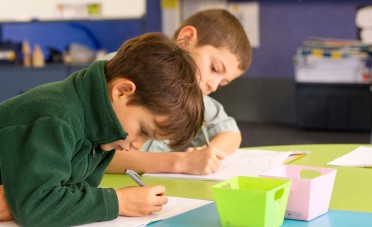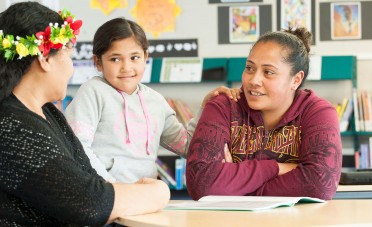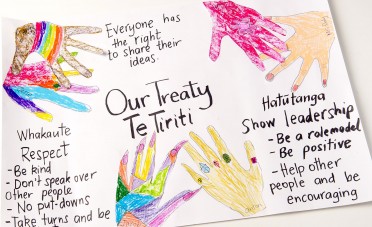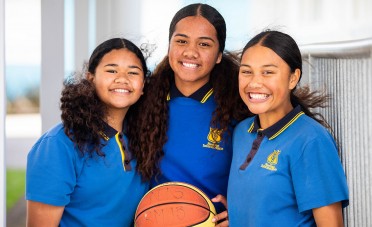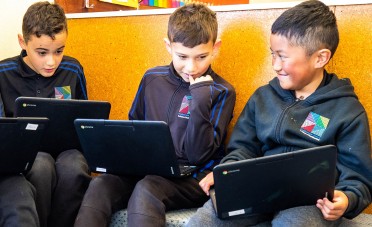Supportive environments: We can make a difference
We can make a difference challenges ākonga to plan and host a school event that celebrates diversity and promotes the inclusion of all ākonga.
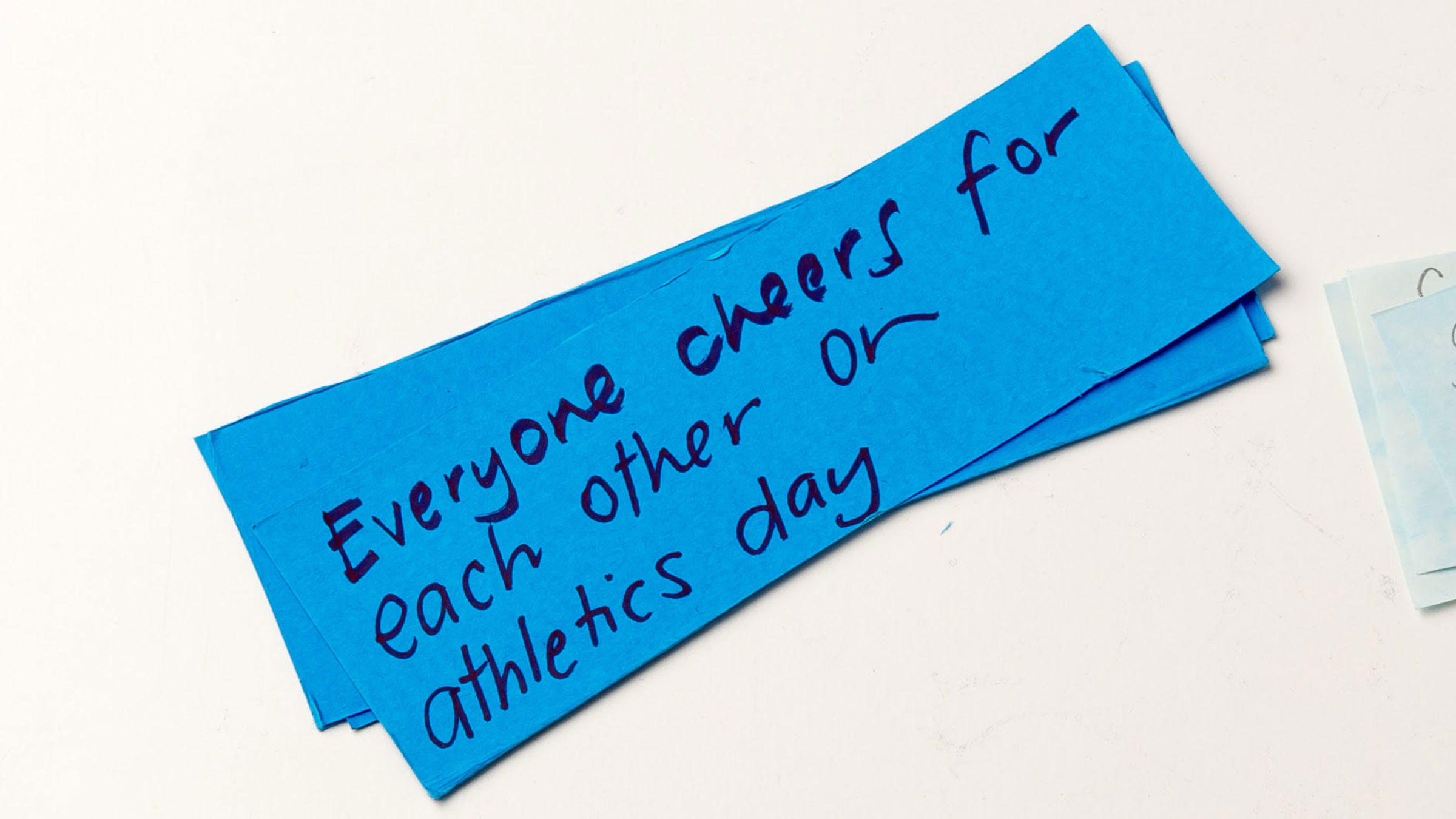
Understanding ourselves and getting on together — Activity collection
This resource is part of the Understanding ourselves and getting on together collection.
Possible learning activities
Give each ākonga two differently coloured strips of paper. Ask them to think about inclusion and discrimination at school, especially inclusion or discrimination based on appearance, ability, socio-economic status, or sexual orientation. On one colour, ākonga anonymously write an answer to the question, 'What do I like about the way ākonga at this school treat each other?' and on the other colour, they write an answer to the question, 'What don't I like about the way ākonga at this school treat each other?'.
Place the strips of paper in two piles. The ākonga can sort through each pile, identifying the responses, and classifying them according to the number of times they are mentioned. Affirm the things that ākonga like. Negotiate with the class which idea or ideas from the 'like' list they could highlight and celebrate, and what ideas from the 'don't like' list they might use as a focus to plan some changes that can be implemented in the school.
The planning process will vary depending on the activity selected. For example, ākonga might work as groups, so that each group can interview different people in the school community, such as the principal or deputy principal, kaiako, and a range of ākonga, to collect information. Possible questions might include the following.
- How does this school include and support all ākonga? Ākonga may choose to focus on specific issues such as size, disability or impairment, or cultural differences.
- Do the visual images on display and the books that are read in class represent the diversity of ākonga groups in this school?
- How are ākonga in this school who look or behave differently treated?
- How could people in this school be more inclusive and accepting?
After doing their surveys, each group reports back on their findings. These are compiled into a written class report, and the class can decide how they will disseminate their information to the school community. Depending on the feedback that ākonga receive, the next stage could be to implement a course of action. Ākonga will need to consider:
- the actions to be taken
- the timeline
- who will be involved at each stage
- how they will evaluate both the process and the results of their actions.
Some actions that ākonga may undertake are:
- writing positive statements about how the school values promote inclusion
- analysing posters and images around the school, or the books in the library, to see if they reflect the diversity of the school community
- on sports days, having events for ākonga of all abilities
- holding cultural festivals, days for dressing in traditional costumes, and food festivals
- providing an opportunity for a selected group of peer mediators to promote inclusion and non-discriminatory language, perhaps by creating role-plays and other ways of presenting relevant information
- supporting action with an arts festival in which ākonga discuss books, or a selection of web sites and media, that celebrate diversity
- organising a 'do something different day', for example, dyeing their hair blue, wearing something completely uncharacteristic, painting their face for a day, or coming to school dressed as a story book or film character to celebrate diversity
- developing a class rap, song, or a flag for the school.
Cultural and diversity considerations
All ākonga are part of wider whānau, hapū, iwi, and other community groups. Culturally capable kaiako and tumuaki know, value and integrate the cultural capital of their ākonga into the work of creating positive classroom communities. Classroom programmes dealing with mental health should be sensitively developed so that they respect and reflect the diverse values and beliefs of ākonga and the whole school community.
Links to the HPE underlying concepts
Health promotion
Understanding how the school environment can affect wellbeing, developing the personal skills to take action to improve their own wellbeing and that of others, and helping to develop supportive practices in the school community.
Attitudes and values
Encouraging inclusiveness and non-discriminatory practices.
Read more about the underlying concepts.
Kaiako notes
Focus inquiry questions around the learning outcomes before and after the activities to support ākonga to reflect and think critically about the activities.
